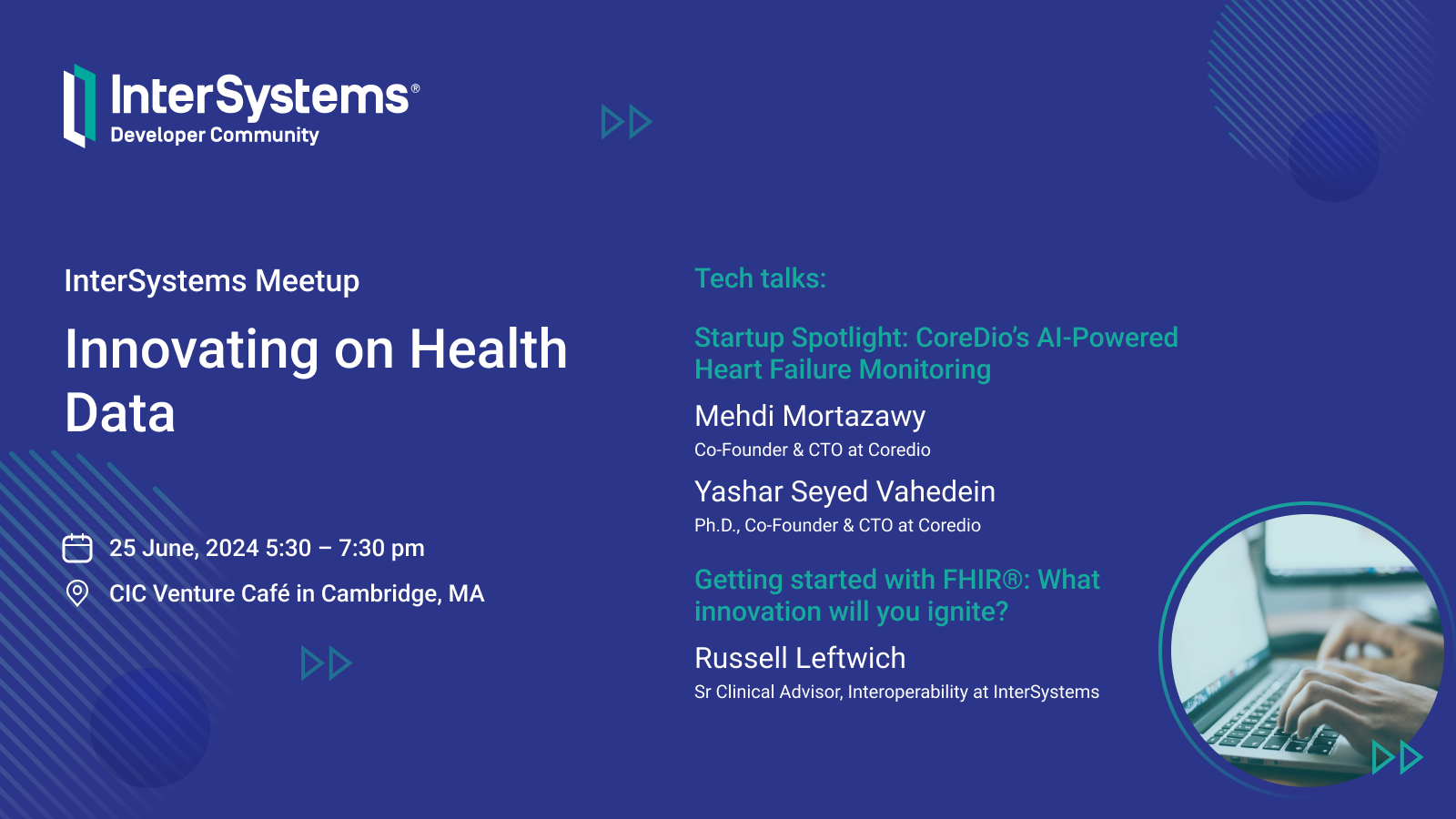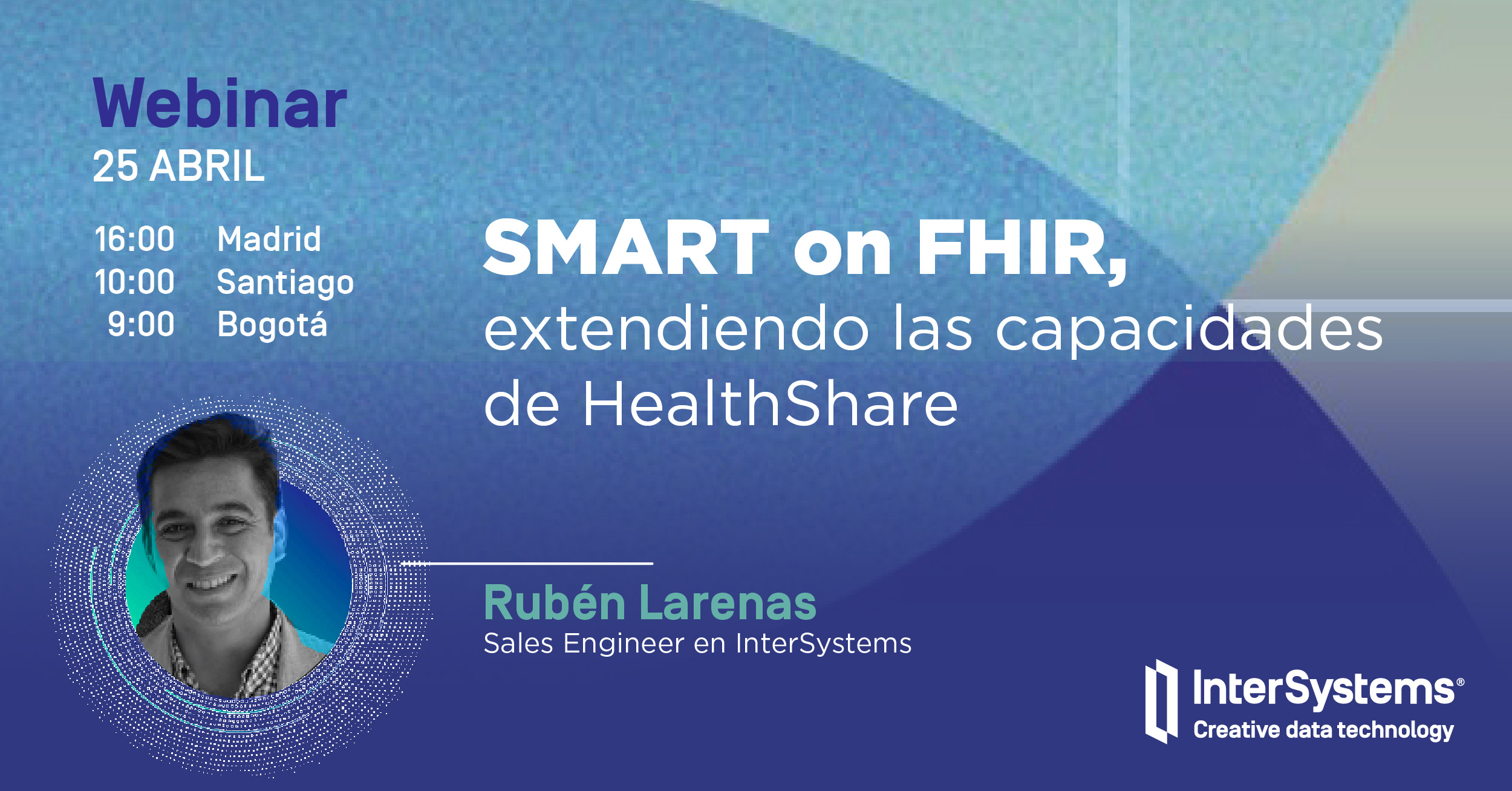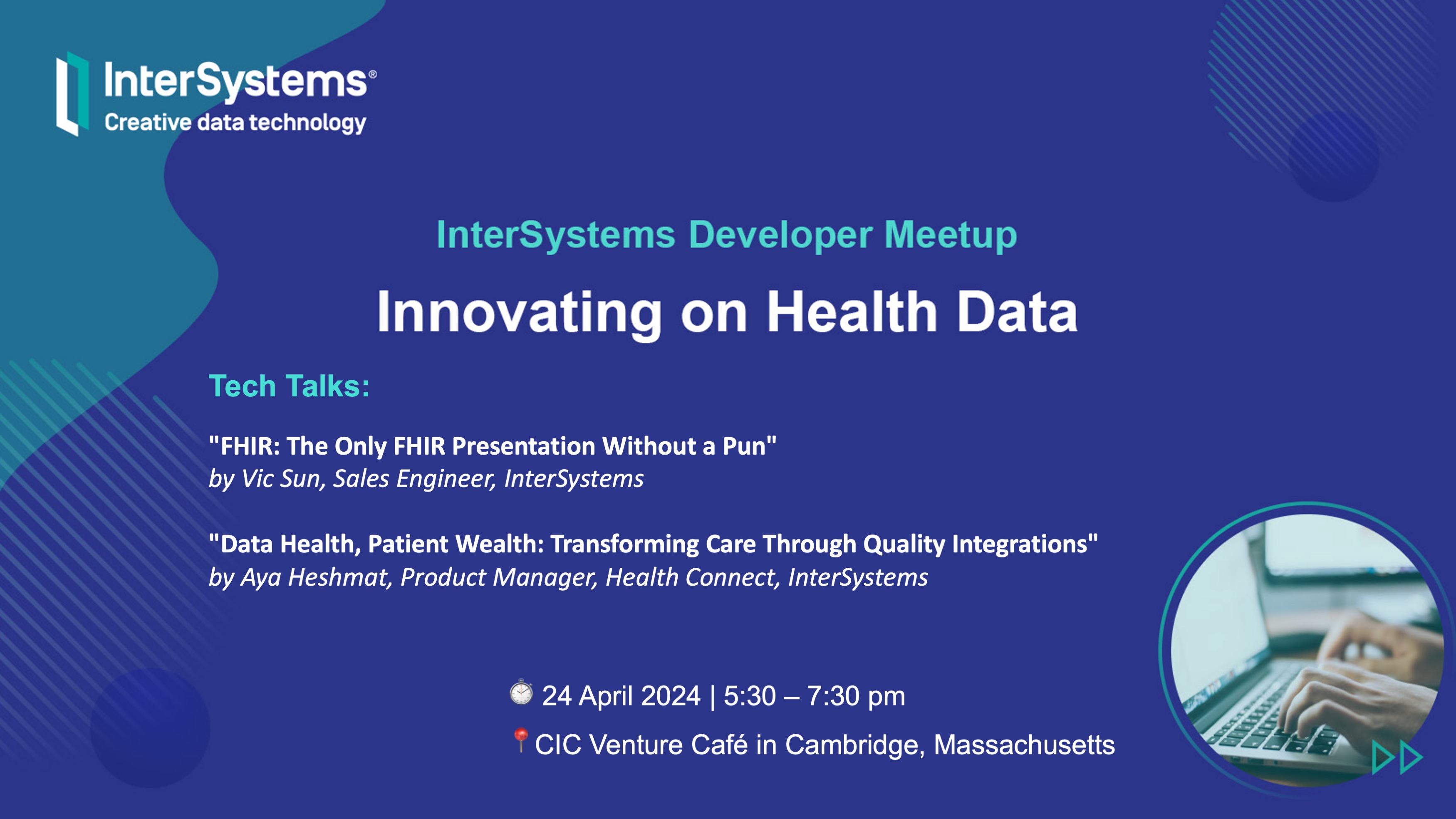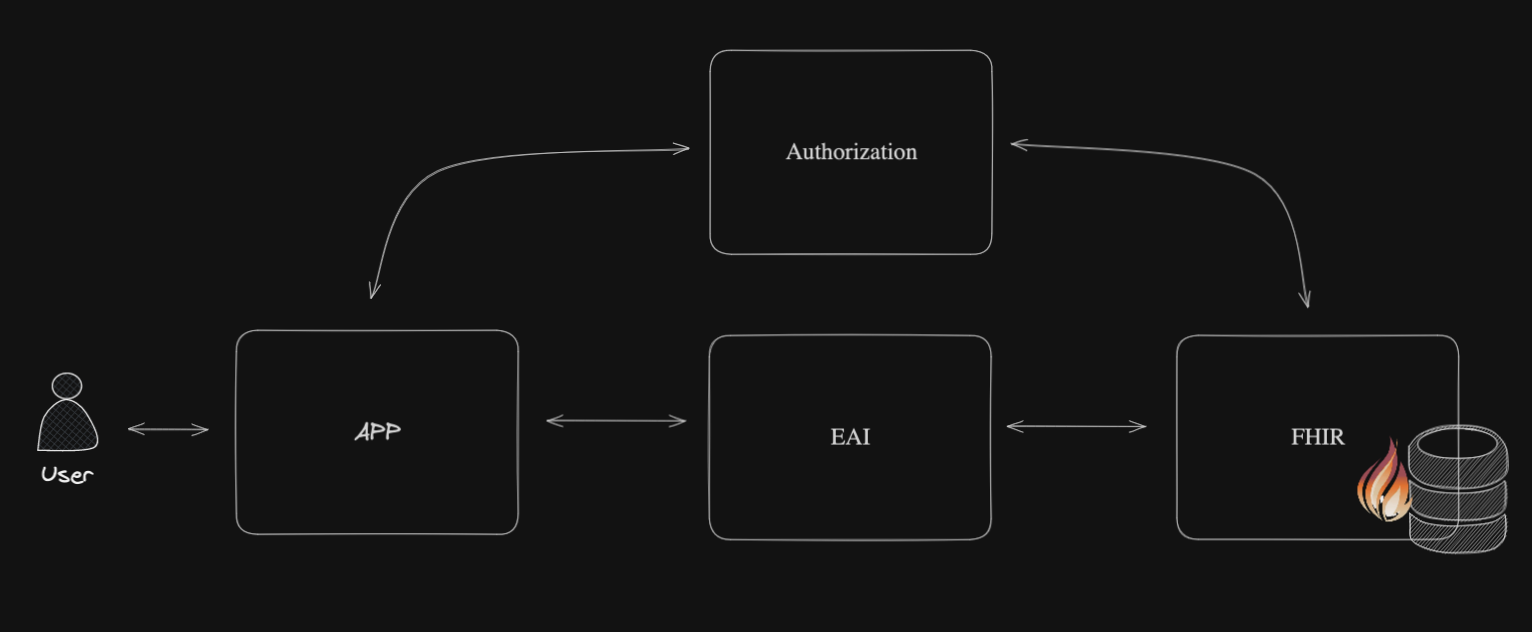Hi folks,
I am working on a customer project which uses some slightly altered FHIR resources in comparison to default R4 patient resource. I am able to import the structuedefinition as a custom FHIR package and assign it to the ISC FHIR server and the endpoint the IRIS instance provides.

.png)

.png)


